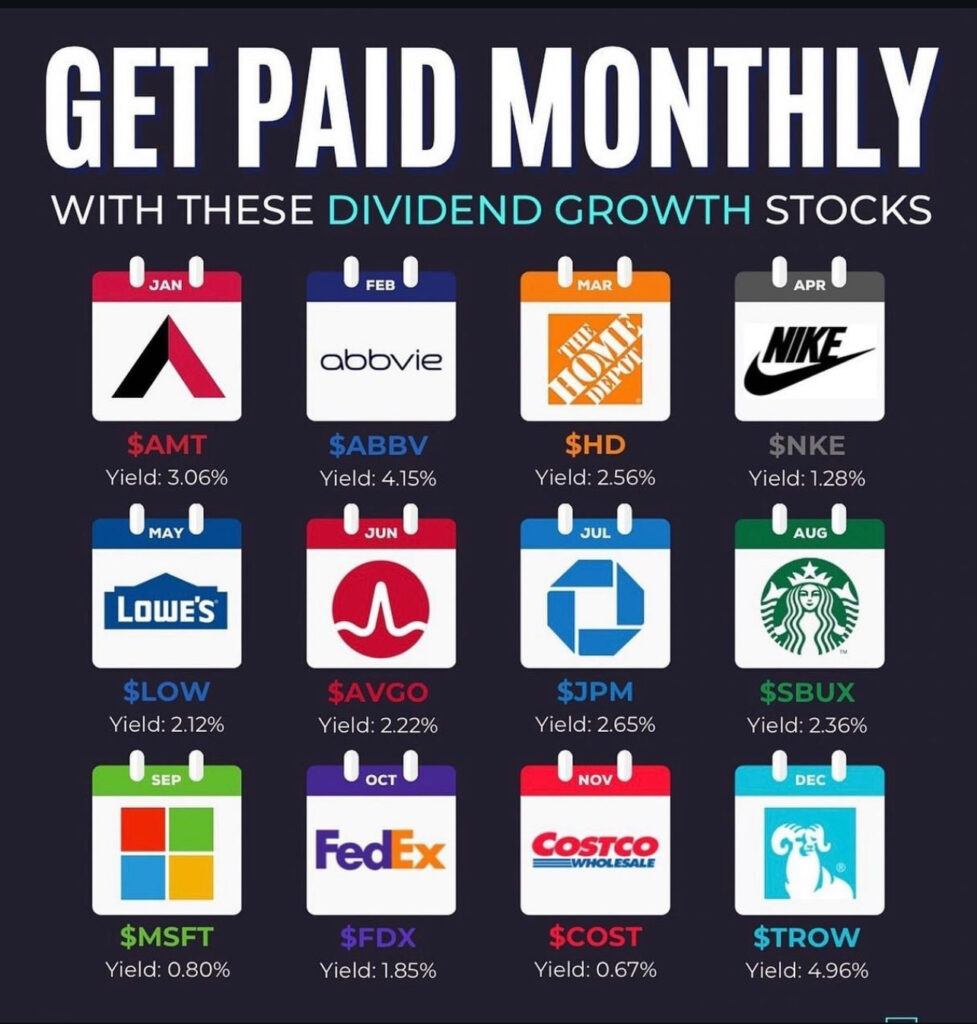
What Is a Dividend?
A dividend is the distribution of a company’s earnings to its shareholders and is determined by the company’s board of directors. Dividends are often distributed quarterly and may be paid out as cash or in the form of reinvestment in additional stock.
The dividend yield is the dividend per share and is expressed as dividend/price as a percentage of a company’s share price, such as 2.5%.1
Common shareholders of dividend-paying companies are eligible to receive a distribution as long as they own the stock before the ex-dividend date.
KEY TAKEAWAYS
- A dividend is the distribution of corporate earnings to eligible shareholders.
- Dividend payments and amounts are determined by a company’s board of directors.
- The dividend yield is the dividend per share, and expressed as a percentage of a company’s share price.
- Many companies do not pay dividends and instead retain earnings to be invested back into the company.
:max_bytes(150000):strip_icc():format(webp)/Dividend-44d29cb374a34b1391ec3d48b08ecab6.jpg)
Understanding Dividends
Dividends must be approved by the shareholders by voting rights.2 Although cash dividends are common, dividends can also be issued as shares of stock. Various mutual funds and exchange-traded funds (ETFs) also pay dividends.
A dividend is a reward paid to the shareholders for their investment in a company’s equity, and it usually originates from the company’s net profits. For investors, dividends represent an asset, but for the company, they are shown as a liability. Though profits can be kept within the company as retained earnings to be used for the company’s ongoing and future business activities, a remainder can be allocated to the shareholders as a dividend.
Companies may still make dividend payments even when they don’t make suitable profits to maintain their established track record of distributions.
The board of directors can choose to issue dividends over various time frames and with different payout rates. Dividends can be paid at a scheduled frequency, such as monthly, quarterly, or annually. For example, Walmart Inc. (WMT) and Unilever (UL) make regular quarterly dividend payments.34
Companies can also issue non-recurring special dividends, either individually or in addition to a scheduled dividend. United Bancorp Inc. declared a 15 cents per share special dividend on Feb. 23, 2023.5
Dividend-Paying Companies
Larger, established companies with predictable profits are often the best dividend payers and the following industry sectors maintain a regular record of dividend payments:
- Basic materials
- Oil and gas
- Banks and financial
- Healthcare and pharmaceuticals
- Utilities
Companies structured as master limited partnerships (MLPs) and real estate investment trusts (REITs) require specified distributions to shareholders.6 7 Funds may also issue regular dividend payments as stated in their investment objectives.
Startups, such as those in the technology or biotech sectors, may not offer regular dividends since these companies may be in the early stages of development and retain earnings for research and development, business expansion, and operational activities.
Important Dividend Dates
Dividend payments follow a chronological order of events, and the associated dates are important to determining which shareholders qualify to receive the dividend payment.
- Announcement date: Dividends are announced by company management on the announcement date (or declaration date) and must be approved by the shareholders before they can be paid.
- Ex-dividend date: The date on which the dividend eligibility expires is called the ex-dividend date or simply the ex-date. For instance, if a stock has an ex-date of Monday, May 5, then shareholders who buy the stock on or after that day will NOT qualify to receive the dividend. Shareholders who own the stock one business day prior to the ex-date, on Friday, May 2, or earlier, qualify for the distribution.
- Record date: The record date is the cutoff date, established by the company to determine which shareholders are eligible to receive a dividend or distribution.
- Payment date: The company issues the payment of the dividend on the payment date, which is when the money gets credited to investors’ accounts.82
How Do Dividends Affect a Stock’s Share Price?
As an example, a company that is trading at $60 per share declares a $2 dividend on the announcement date. As the news becomes public, the share price may increase by $2 and hit $62.
If the stock trades at $63 one business day before the ex-dividend date. On the ex-dividend date, it’s adjusted by $2 and begins trading at $61 at the start of the trading session on the ex-dividend date, because anyone buying on the ex-dividend date will not receive the dividend.
Why Do Companies Pay Dividends?
Dividends are often expected by the shareholders as a reward for their investment in a company. Dividend payments reflect positively on a company and help maintain investors’ trust.
A high-value dividend declaration can indicate that the company is doing well and has generated good profits. But it can also indicate that the company does not have suitable projects to generate better returns in the future. Therefore, it is utilizing its cash to pay shareholders instead of reinvesting it into growth.
A company with a long history of dividend payments that declares a reduction of the dividend amount, or its elimination, may signal to investors that the company is in trouble. AT&T Inc. cut its annual dividend in half to $1.11 on Feb. 1, 2022, and its shares fell 4% that day.910
However, a reduction in dividend amounts or a decision against a dividend payment may not necessarily translate into bad news for a company. The company’s management may have a plan for investing the money such as a high-return project that has the potential to magnify returns for shareholders in the long run.

